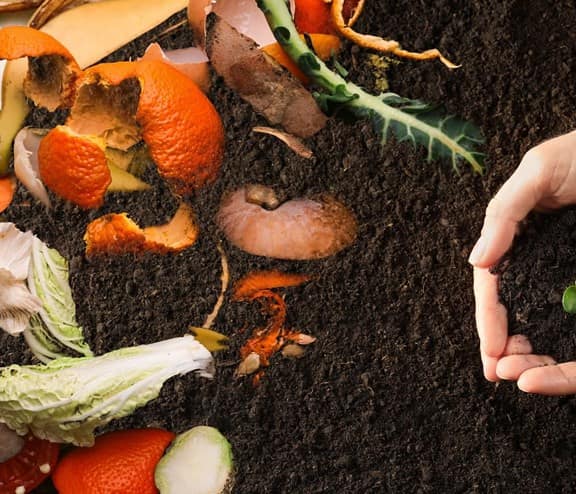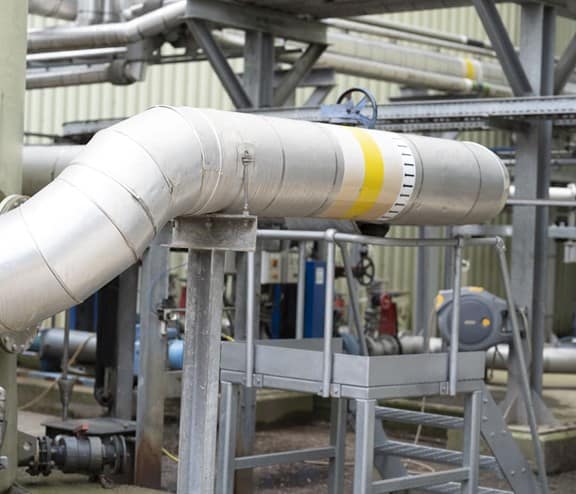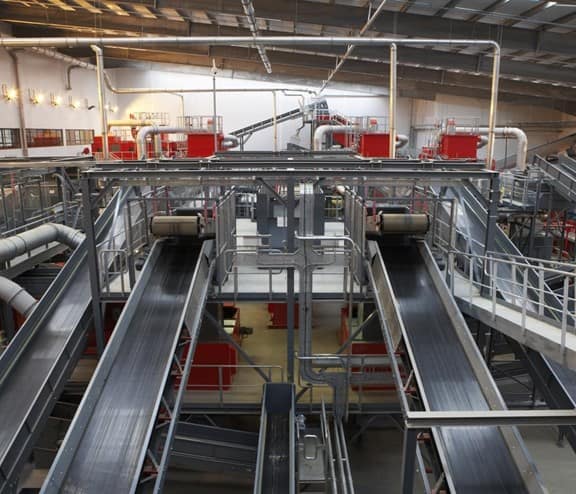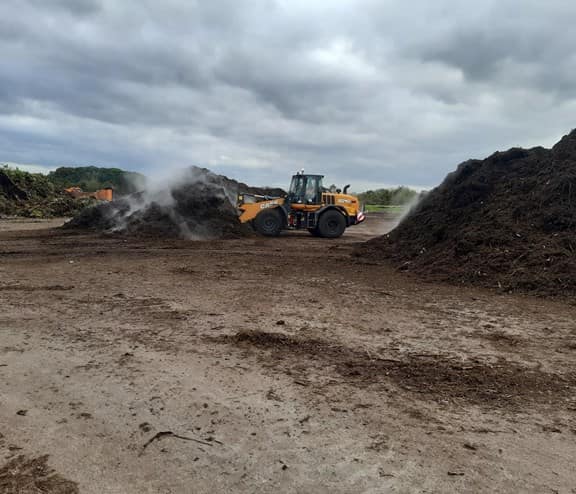
Food & green waste processing
Using anaerobic digesters, Biffa generates renewable bio-methane from food and green waste we receive. Anaerobic digestion technology generates biogas used to power our sites and any surplus is diverted to the national grid.
What is anaerobic digestion?
Anaerobic digestion (AD) is a sustainable process where organic matter, such as food or plant waste, is broken down by micro-organisms called methanogens in the absence of oxygen. This creates biogas (a mixture of methane and carbon dioxide) which we can use as a source of energy.
This process also creates a bio-fertiliser by-product. This is rich in nutrients such as nitrogen, potassium, and other elements, and can be used in agriculture or horticulture as liquid fertiliser, or even animal bedding, as part of the circular economy.
We receive and process 315kT of bulk food waste annually


At our MBT facility in Horsham waste is shredded and then sorted into biodegradable waste, metals, or paper and plastic. Metal is sent on for recycling. Shredded paper and plastic is used to produce Refuse Derived Fuel. And the biodegradable waste is broken down by Anaerobic Digestion.

Our services help local authorities, as well as other commercial organisations, dispose of their green waste in a safe and efficient way.
Our food and green waste processing facilities
-
Anaerobic Digestion
Poplars
Cannock, Staffordshire
-
Mechanical & Biological Treatment
Brookhurst Wood
Horsham, West Sussex
-
Composting
Walpole
Somerset
Dimmer
Somerset
Priorswood
Somerset
Skelton Grange
Yorkshire
Standen Heath
Isle of Wight
Etwall
Derbyshire
Ufton
Warwickshire